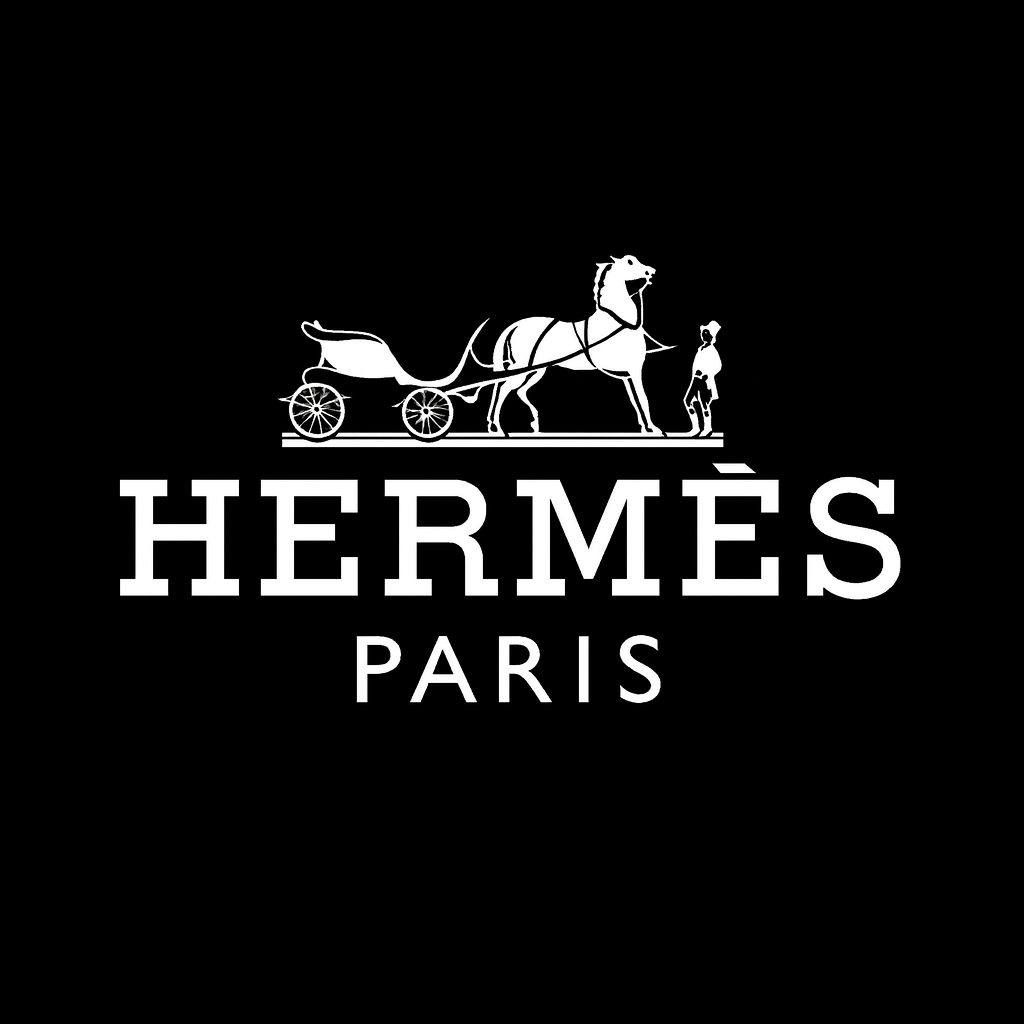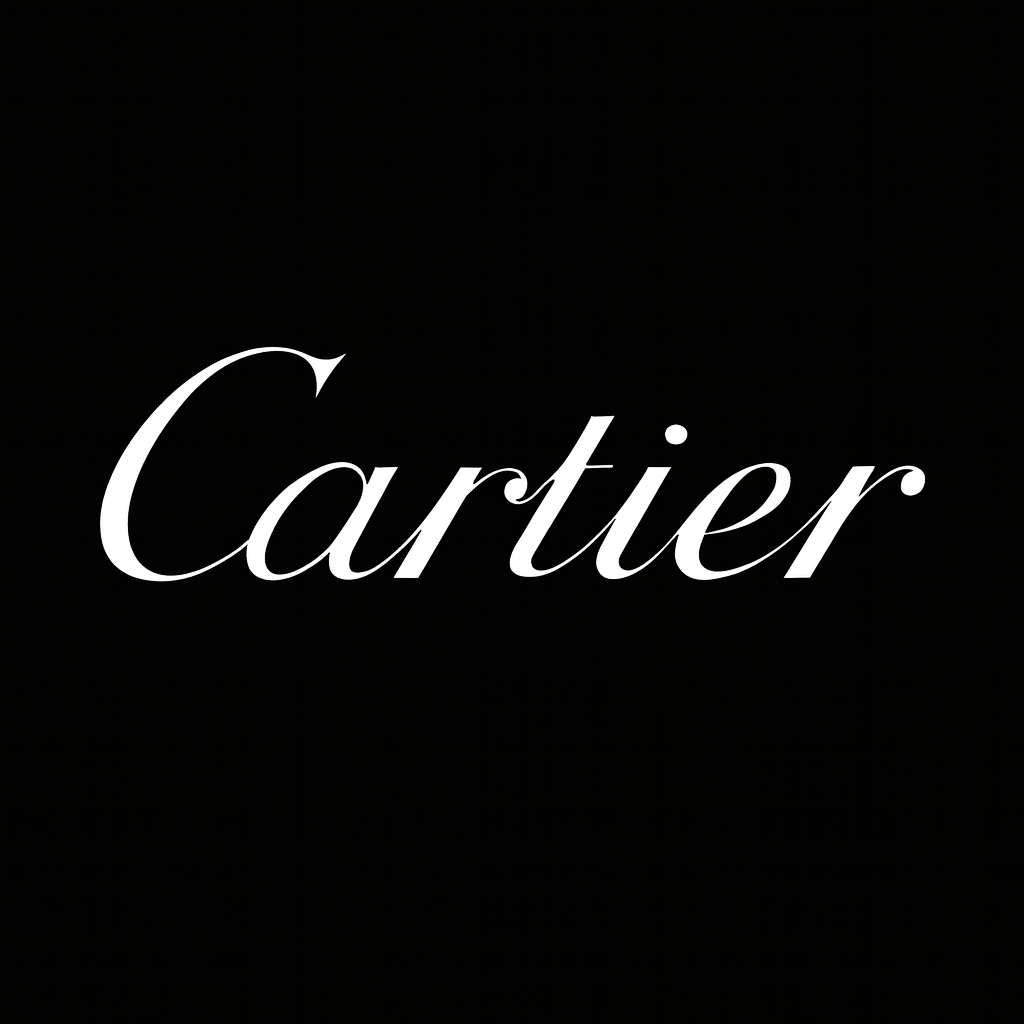
Hermès
If luxury had a home, Hermès would be at the very center of it. The French brand doesn’t just sell bags or silk scarves, it offers something far more precious: time, tradition, and the courage to go slow when the world is rushing. As Kapferer explains, Hermès is the perfect example of how true luxury is built, by staying rare, taking its time, and putting incredible care into every detail.
The Hermès story begins in 1837, not with handbags, but with horses. Thierry Hermès opened a workshop in Paris making fine saddles and harnesses for European nobility. Horses may no longer rule the streets, but that equestrian DNA still pulses through the brand, you’ll find it in the horse-and-carriage logo and even in the design logic of its bags.
Take the Haut à Courroies, Hermès’ very first bag in 1892. It wasn’t made for cocktail parties, it was made to carry a saddle and riding boots. That focus on function, durability, and craftsmanship became the blueprint for everything that followed. Unlike many luxury brands that later “reinvented” themselves, Hermès never lost sight of its roots, a continuity only possible because the company has remained family-run for six generations. Today, with Axel Dumas at the helm, Hermès still answers to its own vision, not to quarterly sales reports.
If you’ve ever wondered why a Birkin or Kelly bag can cost more than a car, the answer isn’t just in the leather, it’s in the ritual of making. Hermès refuses the logic of mass production. No conveyor belts, no shortcuts. Each bag is made start-to-finish by a single artisan, who may spend up to 25 hours bringing it to life. New artisans, even those already skilled, undergo training for weeks just repeating the stitch and typically require a year of experience at the house's leather school (the École Hermès des Savoir-Faire) before they are considered fully competent.
At the heart of this is the saddle stitch, a technique inherited from its equestrian past. Two needles, one waxed linen thread, and hours of repetition create a seam so strong the leather will give way before the stitching does. It’s not efficient. It’s not scalable. And that’s precisely the point.
Luxury is about turning human skill and time into something extraordinary. That’s why Hermès would rather destroy an imperfect Birkin than sell it, not to chase perfection, but to protect the magic and rarity of its craft.
The beauty of Hermès’ icons is that they weren’t born in a boardroom. They became legends through spontaneous cultural moments. In 1956, Princess Grace Kelly of Monaco used her Hermès bag to shield her pregnancy from paparazzi. Overnight, the “Sac à dépêches” was renamed the Kelly bag, forever associated with elegance and discretion.
Decades later, on a flight from Paris to London, actress Jane Birkin confessed to Jean-Louis Dumas (then Hermès CEO) that she could never find a practical yet chic bag. Out of that chance conversation came the Birkin bag. These stories gave the bags their aura, embedding them into culture and myth. And because Hermès insists on keeping production slow and demand high, buying one is almost an initiation ritual: you wait, you queue, you prove your loyalty. Luxury should never be easy to buy.
Hermès doesn’t chase trends. It doesn’t flood the market. Instead, it builds desire through restraint, time, and unwavering devotion to craft. That’s why owning a Hermès piece feels less like consumption and more like belonging to a story that stretches back nearly two centuries.
Hermès reminds us that in luxury, speed or scale might destroy the value, but the deliberate choice to slow down and make time itself is part of the product.
By
June 7, 2024
.png)
.png)



